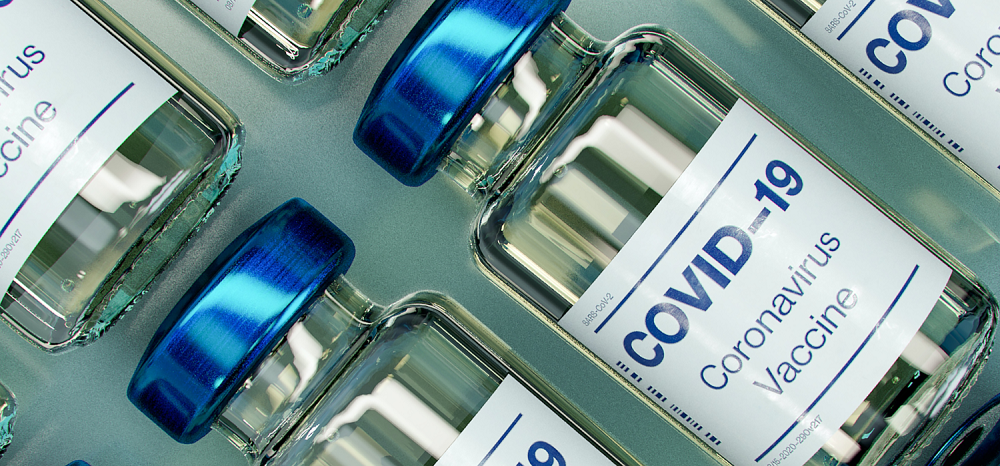New Covid-19 vaccines have funded new research, fueled sprawling supply chains, and boosted demand for yeasts and other key ingredients, according to an analysis by Trade Data Monitor, the world’s top source of trade statistics.
Total shipments of “immunological products” are expected to increase 18.5% to $134 billion in 2020 from $113.1 billion in 2019, a $20.9 billion increase, according to TDM. That’s close to an estimate by the Gates Foundation in April 2020 that making and distributing the vaccine would cost up to $25 billion.
That’s a small price to pay for the damage that Covid-19 could cause unchecked. It’s been a year since the pandemic started sweeping the globe, infecting almost 100 million, killing two million, and destroying trillions in economic value. Global trade is expected to fall around 10% in 2020, according to the World Trade Organization.
Almost immediately, governments and companies sped up their usual vaccine development clock, usually at least four years. By mid-December, over 50 vaccines were in production, stimulated by billions of dollars in government investment. Six vaccines have now been approved by regulators.
The world’s pharmaceutical industry which led the charge is still headquartered in Europe, although Asia is catching up. The world’s top exporter of immunological products was Switzerland. Its exports of immunological products increased 13.4% to $28.6 billion in the first 10 months of 2020. Germany finished second, with exports up 7.8% to $18.51 billion, followed by Ireland, with exports up 16.9% to $18.5 billion.
China, epicenter of the pandemic, ranked tenth in exports, but registered by far the most dramatic increase of any major exporter. Its exports of immunological products leapt 1,185% to $2.3 billion in the first 11 months of 2020, up from $176.6 million over the same period in 2019. Its biggest markets were the UK ($366M), U.S. ($326.1M), and Germany ($230.6M).
Overall, China’s pharmaceutical industry boosted exports 34.1% to $11.2 billion over the first 11 months. Shipments to the U.S. rose 32.4% to $2.2 billion. There’s still plenty of room for growth. So far, authorities have okayed six vaccines so far for use by the public: two so-called RNA vaccines by Moderna and Pfizer-BioNtech; two conventional vaccines by Sinopharm and Sinovac; and two viral vaccines by the Gamaleva Research Institute and a joint venture between Oxford and AstraZeneca.)
Pfizer, Moderna, and AstraZeneca are expected to make over five billion doses in 2021, enough to vaccinate three billion people, according to analysts.
The U.S. was by far the biggest buyer of immunological products in 2020, importing $23.5 billion in the first 10 months, up 33.5% from the same period the previous year. The U.S. was followed by Germany, Belgium, Japan, and China. The latter imported $6.2 billion in the first 11 months, up 6.5% from the same period in 2019.
The list of ingredients needed to make and administer vaccines is long, including syringes, vials, and synthetic rubbers such as latex, and large-scale doses of chemical components such as yeasts, proteins, and gelatin.
Here China’s vast manufacturing centers played a more important role than in the production of the final product.
China was the world’s number one exporter of yeasts, ramping up shipments 12.3% year-on-year to $309.8 million in the first 11 months of 2020. China was the world’s third-ranked exporter of gelatin, shipping out $175.6 million in the first 11 months of 2020, up 28% year-on-year.
And it was the top exporter of syringes, at 14.2 billion units over the first 11 months of 2020, up 6.7% from the same period in 2019. They were sold at a discount: By value, exports fell 8.4% to $693.2 million.


